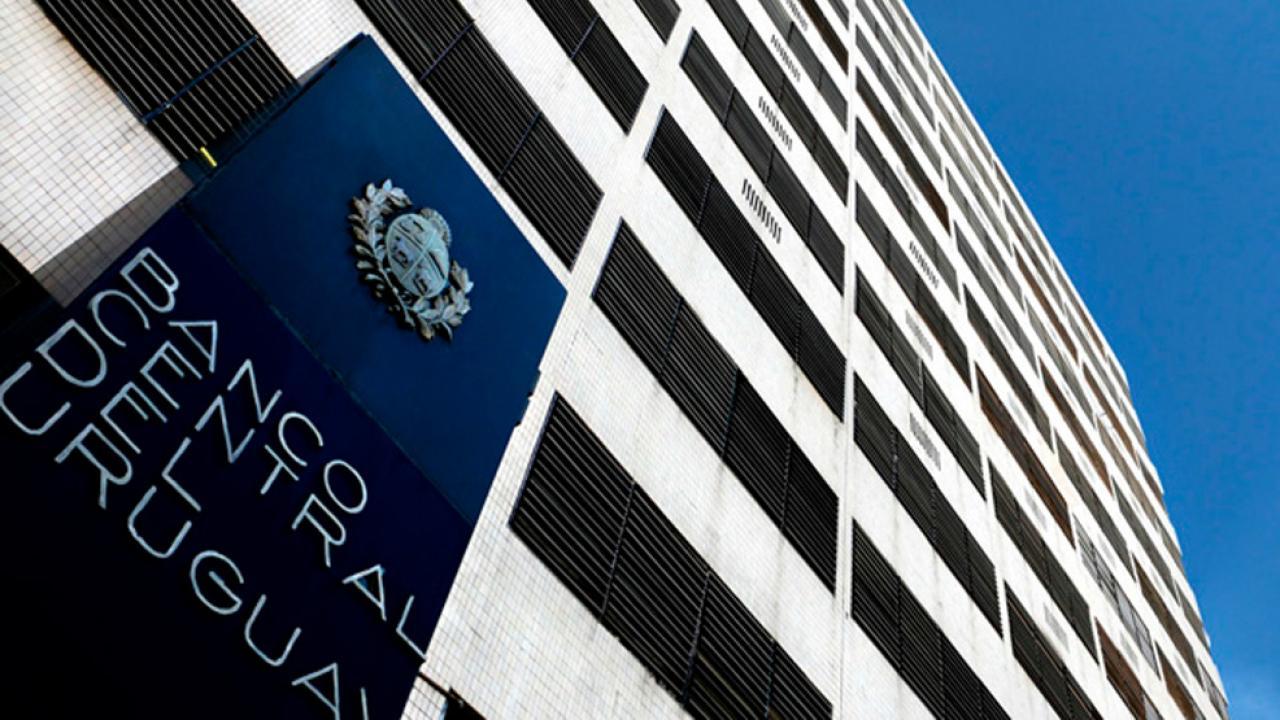
The Chamber of Industries prepares a document that will be delivered to all presidential candidates.
The industrial sector closely observes the behavior of the exchange rate and understands that it is below an acceptable level. This occurs while witnessing an increase in production costs. The situation is completed with a drop in profitability which in turn weighs when deciding investments in machinery or equipment. These inconveniences will be raised in a document that the businessmen will present to the presidential candidates in the coming days.
The dollar started April at $37,857, after ending March with the biggest monthly drop in almost 12 years. The strengthening of the Uruguayan peso is closely followed by different productive sectors that observe how it moves away from a convenient value.
The first criticism came from the agricultural sector. The Rural Federation published a report on
To arrive at that value, it took the price at the beginning of the pandemic ($43) and adjusted it by the Consumer Price Index (CPI) for the period between March 2020 and February 2024, which was 32%. The union affirmed that the countryside was the state's cash cow in previous governments and is currently once again transferring resources to maintain a “consumption level that does not stop growing.”
Concern also reached the industrial sector. “A dollar at $37 is a shot in the foot for national production,” said the president of the Chamber of Industries (CIU), Fernando Pache.
Industrialists are clear that the exchange rate is misaligned.
However, the Central Bank of Uruguay (BCU) remains firm in its objective of having controlled inflation. The goal is between 3% and 6%. The last measurement in March showed that the CPI had zero variation. Annualized inflation as of March stood at 3.8% and thus reached the lowest interannual record since August 2005. Days ago, the president of the BCU, Diego Labat, expressed that “the best contribution that the bank can make to society is to have low inflation.”
The comment affirmed the inflation objective and that leaves little room for a measure in favor of the dollar that would clearly go against it.
In that sense, the BCU remained firm in its position of not intervening in the market to influence the exchange rate, despite the claims of productive sectors.
In this regard, Pache said that "perhaps the one who has the vision from the BCU that the greatest benefit to the population is having a very low inflation is not considering that if tomorrow the industry's job sources are reduced, it will go away." to end up paying in another way.”
For this reason, the president of the industrialists maintained that the dollar should not be below the threshold of $45. That value would allow industrialists to obtain income to later invest in machinery or equipment. “But if you go from $45 to charging $37, the gap is no longer the same. It will not be enough to invest in continuous improvement, in equipment, technology and infrastructure for the company and for all staff,” he stated.
From the industrial view, high production costs are added to the low exchange rate, such as the price of energy and labor. This causes an increase in the expense associated with the export measurement unit. The result is loss of profitability.
Pache stated that not all the products that Uruguay exports have an added value that achieves an income of more than 10%. “The impossible is being done to be able to continue selling, although reducing profitability margins greatly,” he explained.
These reasons led the CIU to prepare a proposal with incentives for national production that it will deliver to the pre-candidates of all political parties. The union imagines it as a roadmap for the next government. The intention is for them to know first-hand the business position and "not be surprised later about possible discontent that the industry may have."










